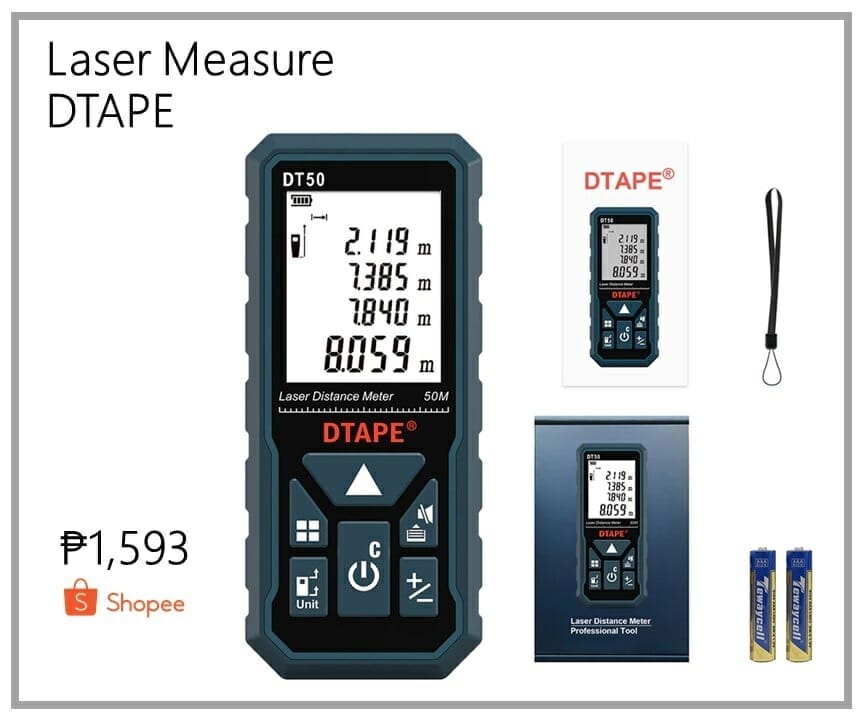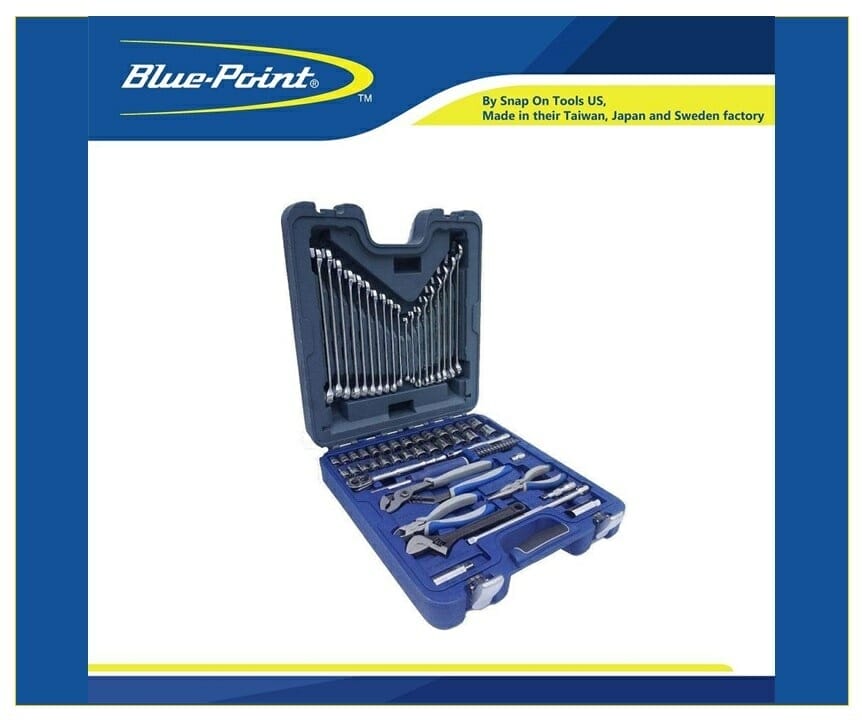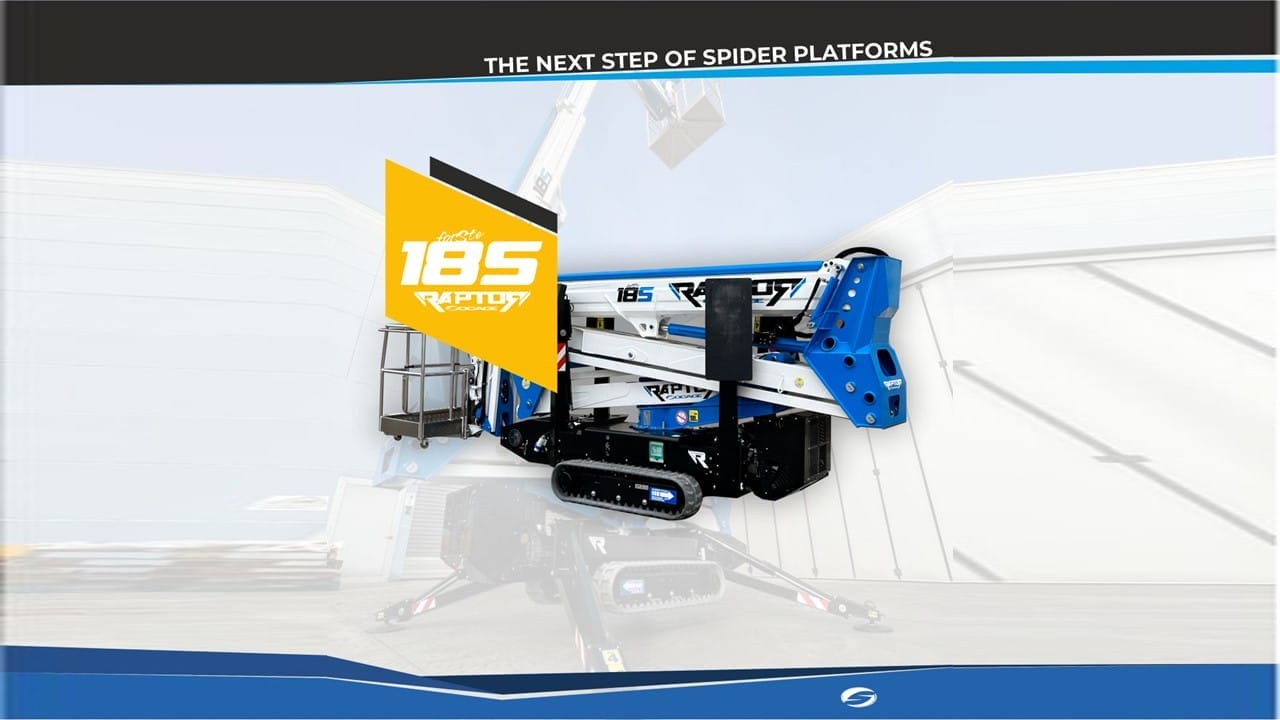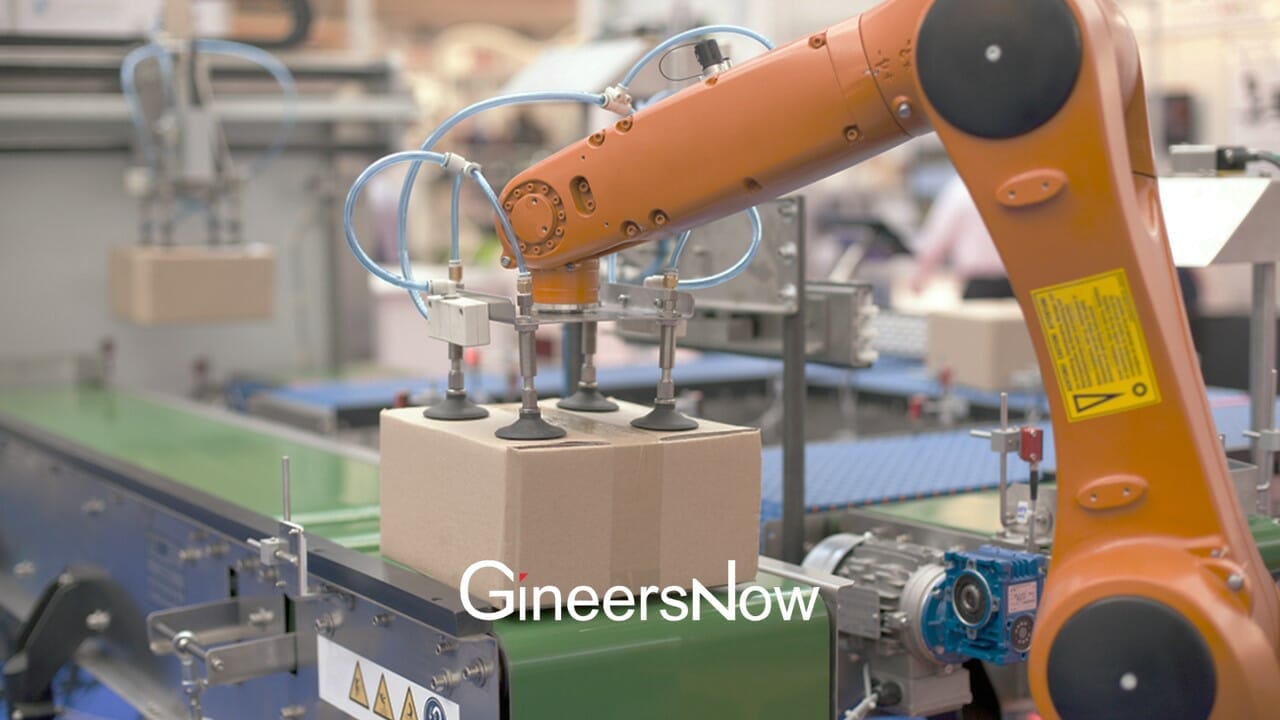As proof of his determination to push through with the “Project of the Century” — the Php 393 Billion Metro Manila Subway Project, Department of Transportation (DOTr) Secretary Arthur Tugade unveiled to the media and the public the major parts of Tunnel Boring Machines (TBM) yesterday, 24 February 2020, in Pasay City.
Together with representatives of the Japanese contractor, Shimizu Corporation, and the Japan International Cooperation Agency (JICA), a presentation was made showcasing the assembly timeline and how the TBMs will help accelerate the construction of MMSP.
“The Boring Machine is manufactured per specific designs. This is designed to what they found on the soil that is to be bored. Hindi ‘to ‘yung pupunta ka lang sa hardware at bibili ng dalawang boring machine. Hindi ho ganun ‘yan. That’s why it takes a little bit of time. But the moment it comes and it is assembled, the boring becomes fast and more efficient,” said DOTr Secretary Arthur Tugade during the briefing.
“We at the JICA are very much honored to be able to support the DOTr’s effort to achieve the comfortable life for Filipinos under the ‘Build, Build, Build’ program of the Duterte Administration. This project is really PROGRESSING VERY FAST. And this is one of the quickest projects progressing,” said JICA Senior Representative Kiyo Kiwabuchi.

TBMs are integral in building the subway as these are used to dig underground and lay the tunnels. They can excavate through a variety of ground conditions, from hard rock to sand.
The major parts of a TBM which were unveiled include the shield jack, cutter reduction gear motor, main bearings and articulation jack.
The DOTr plans to utilize 6 TBMs in the construction of the partial operability phase, or the 1st three stations of the MMSP.
QC to Naia in 40 minutes
When its fully operational, the current 2 hours travel time from Quezon City to Ninoy Aquino International Airport will be reduced to 40 minutes—significantly reducing the heavy economic burden of traffic congestion and in the process increasing productivity of every Filipino workers in Metro Manila. The DOTr expects the subway will initially serve some 370,000 Filipino passengers a day.
Contractors in the Metro Manila subway project
The Department of Transportation (DOTr) signed a contract with a joint venture of Shimizu Corporation, Fujita Corporation, Takenaka Civil Engineering, and EEI Corporation.
The joint venture is responsible for the design and construction of three underground stations, tunnel structures, and the Valenzuela Depot, as well as infrastructure for the Philippine Railway Institute.






























